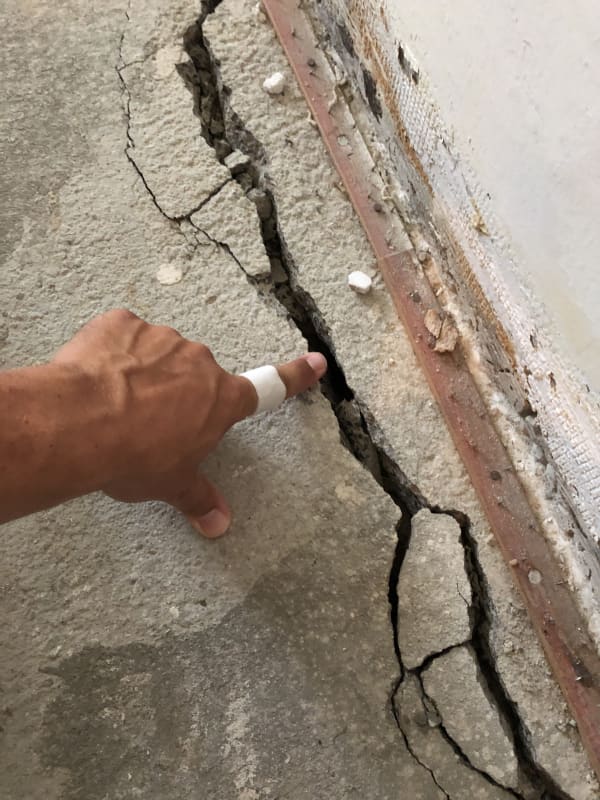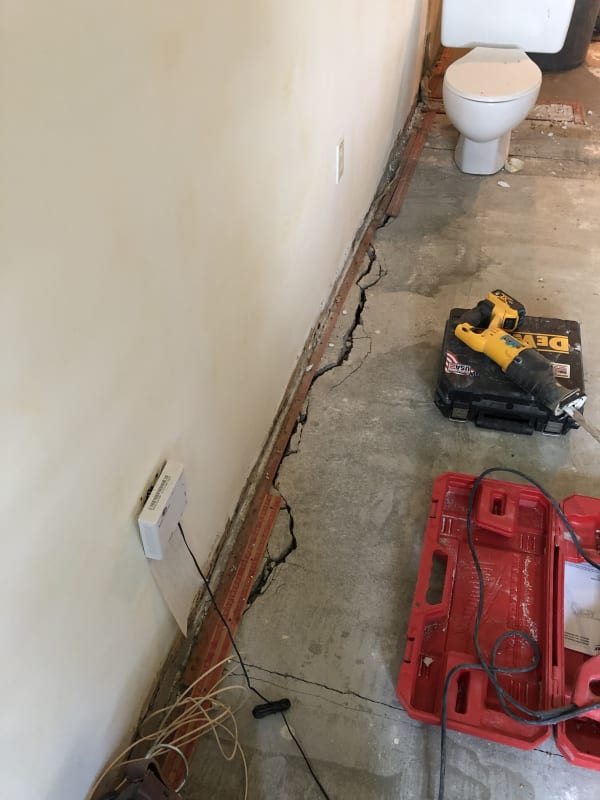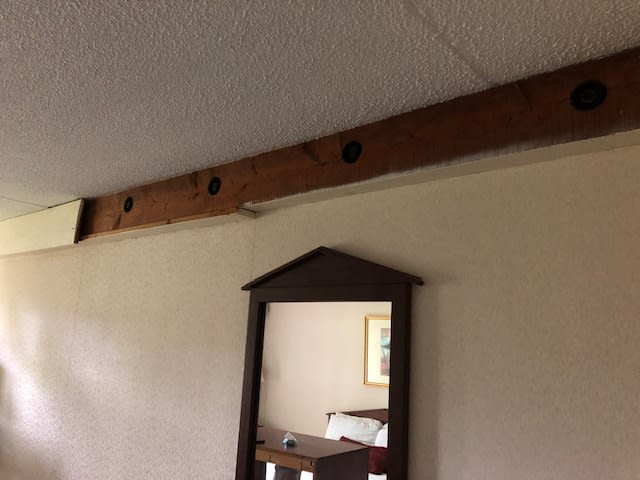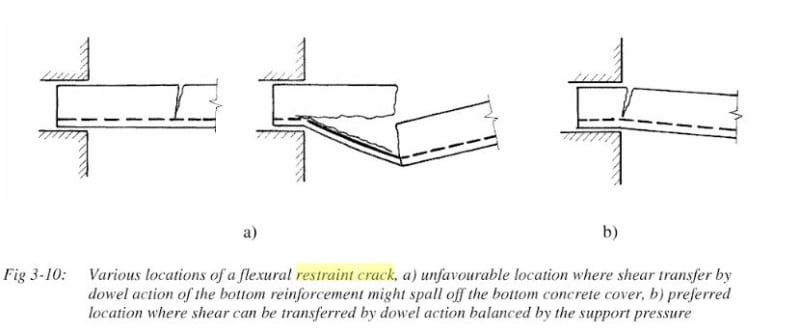Torok123
Structural
- Feb 6, 2019
- 6
We are getting called out to inspect a hotel with precast slabs. We're looking for some ideas of what could be causing the slab to crack before we go out and inspect it. See picture attached. Our initial thoughts are shear failure, however there's not really much load being applied. The second thought is that the concrete walls are bearing on the slab and causing the concrete to crush from the weight. The buildings are two stories, the planks are roughly 8', the bearing walls are poured concrete, and we believe the slab is sandwiched in between the walls. Right now they added a beam to the wall to catch the slab before the crack, we don't know if that was really engineered. We're suggesting shoring it until it's figured out.



Any thoughts?



Any thoughts?


